Tour de France 2025: The Ultimate Battle of Speed and Strategy
The 2025 Tour de France, one of the most anticipated events in the world of cycling, kicked off on July 5th and concluded on July 27th, marking the return of the race entirely within French territory after a three-year hiatus. This year’s edition of the iconic cycling race, spanning 21 stages over three weeks, covered a total distance of 3,320 kilometers, with a cumulative elevation gain of 51,550 meters. The race not only showcased the endurance and skill of the cyclists but also served as a vibrant celebration of French culture, from the rolling hills of Normandy to the coastal roads of Brittany and finally culminating in the grand finale on the Champs-Élysées in Paris.

The Route and Its Challenges
The 2025 Tour de France began in Lille, a city known for its industrial heritage and modern urban landscape. The route was carefully designed to test the riders’ versatility across different terrains. The first stage was a relatively flat route, setting the tone for the week ahead. However, the true challenge began in the later stages, particularly in the mountainous regions of the Alps and the Pyrenees.
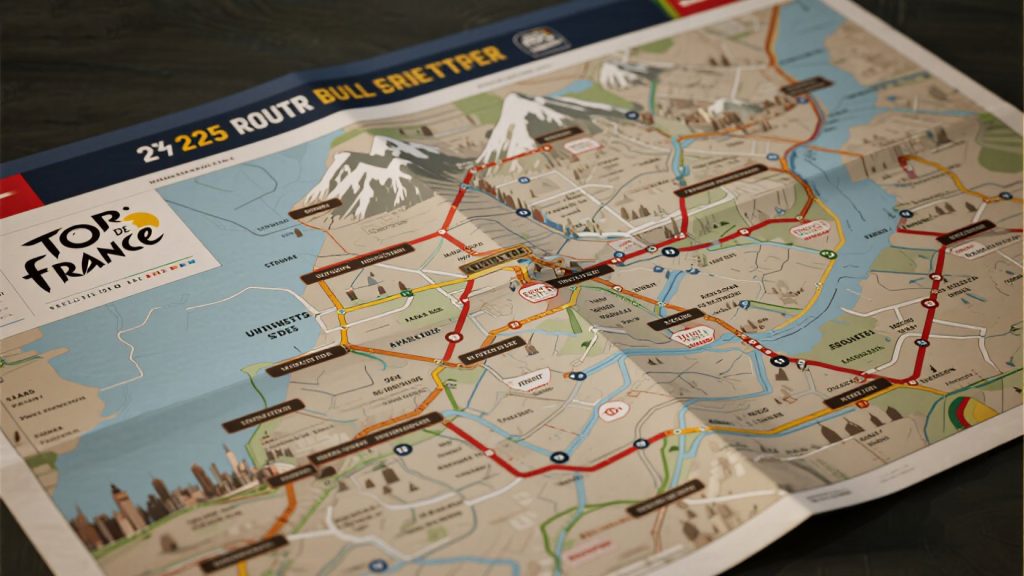
One of the most anticipated stages was the 13th stage, which featured an 11-kilometer individual time trial with a steep incline of 8%, making it a critical moment for the overall standings. The 16th stage, known as the “Kanizig Hill” in the Alps, presented another formidable challenge with its steep gradients, a stage where past champions like Chris Froome have had memorable moments. The final stage, the 21st, was a thrilling sprint through the heart of Paris, with the peloton descending onto the Champs-Élysées for a dramatic finish that drew massive crowds and global attention.
The Women’s Race: A Growing Phenomenon
In parallel with the men’s Tour de France, the 2025 Tour de France Femmes also took place, running from July 26th to August 3rd, with nine stages in total. This year, the women’s race saw a significant increase in both participation and media coverage, reflecting the growing recognition of women’s cycling at the highest level. The race started in Vannes and concluded in Châtel, passing through some of the most scenic and challenging routes in France. The inclusion of more mountain stages and the overall increased difficulty of the course highlighted the organizers’ commitment to elevating the competition to new heights.
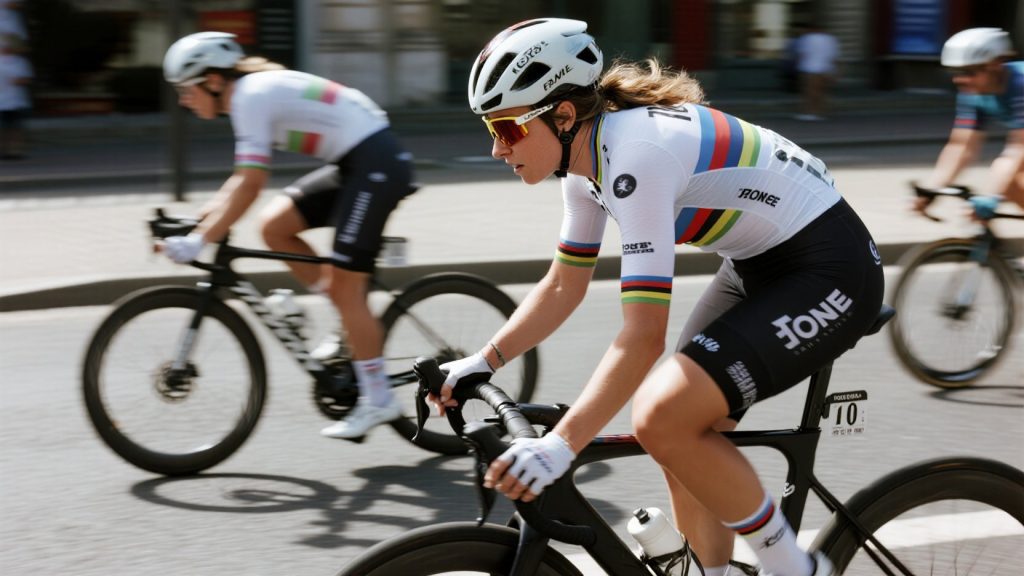
The success of the Tour de France Femmes is not just a testament to the athletes’ abilities but also to the broader movement advocating for gender equality in sports. The race has become a platform for showcasing the talent and determination of female cyclists, inspiring a new generation of fans and participants. The increasing viewership and engagement with the women’s race indicate a positive shift in public perception and support for women’s sports.
Technological Innovation and Sponsorship
The 2025 Tour de France was not only a sporting event but also a showcase of technological innovation. Teams utilized cutting-edge equipment and strategies to gain every possible advantage. For example, the Lotto team unveiled their new 57th Limited Edition wheelset and drivetrain, which were designed to optimize performance and durability under extreme conditions. These advancements in bicycle technology reflect the ongoing efforts to push the boundaries of what is possible in professional cycling.
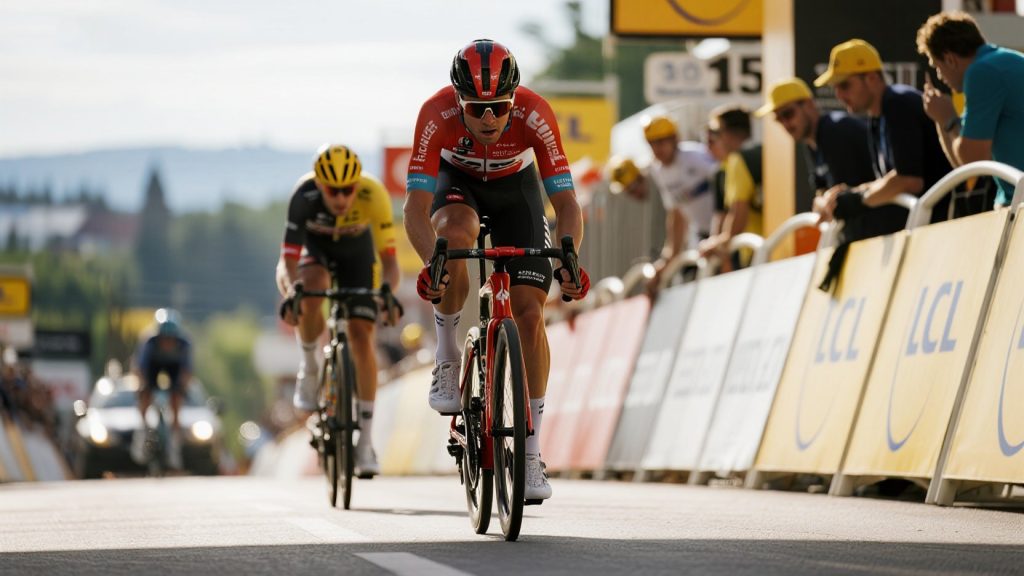
Sponsorship played a crucial role in the success of the 2025 Tour de France. Škoda, a long-standing partner of the event, continued its support for the 11th consecutive year. The company provided a fleet of approximately 250 vehicles, including a specially modified Škoda Superb that served as the “Red Car” for the race director. This vehicle acted as a mobile command center, equipped with advanced communication systems and amenities to ensure smooth operations throughout the race. The presence of Škoda’s branding and technology on the sidelines of the race further emphasized the brand’s commitment to innovation and performance.
Cultural Impact and Community Engagement
Beyond the competitive aspects, the 2025 Tour de France had a profound cultural impact. The race became a symbol of national pride and unity, with cities along the route preparing special events and celebrations to welcome the cyclists. In Bethune, for instance, the local authorities set up a detailed map of the race route, indicating parking areas and restricted access zones to ensure the safety and convenience of spectators. The city also organized a “second passage” on July 7th, allowing residents to experience the excitement of the race firsthand.
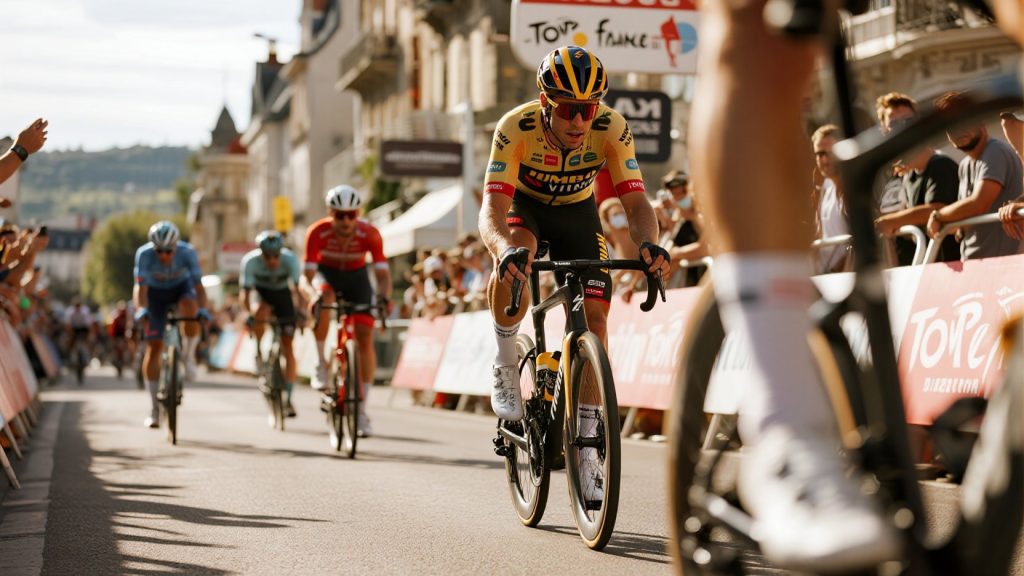
The cultural significance of the Tour de France extends beyond the race itself. It serves as a platform for promoting tourism, local businesses, and community engagement. The race organizers worked closely with local authorities to ensure that the event benefited the host communities, from small towns to major cities. This collaborative approach not only enhanced the spectator experience but also contributed to the economic and social development of the regions involved.
Global Reach and Future Outlook
The 2025 Tour de France was broadcasted in 190 countries, reaching millions of viewers worldwide. The event’s global reach underscores its status as one of the most-watched sporting events after the Olympics and the FIFA World Cup. The use of advanced broadcasting technologies, such as drone footage and panoramic cameras, allowed fans around the world to experience the race in unprecedented detail. The digital transformation of the event, including the launch of the official game and virtual reality experiences, further expanded its accessibility and appeal to a younger audience.

Looking ahead, the future of the Tour de France appears bright. The continued growth of women’s cycling, the integration of new technologies, and the increasing global interest suggest that the event will remain a cornerstone of the international sporting calendar. As the race continues to evolve, it will undoubtedly inspire new generations of athletes and fans, maintaining its legacy as a symbol of human achievement and perseverance.
Conclusion
The 2025 Tour de France was a triumph of speed, strategy, and spectacle. From the challenging mountain stages to the electrifying finishes in Paris, the race captivated audiences with its blend of athletic prowess and cultural celebration. The event not only showcased the best of French cycling but also highlighted the importance of community engagement, technological innovation, and gender equality in sports. As the world looks forward to the next edition of the Tour de France, the legacy of the 2025 event will undoubtedly inspire future champions and enthusiasts alike.
If this content infringes on any rights, please contact me for immediate removal.

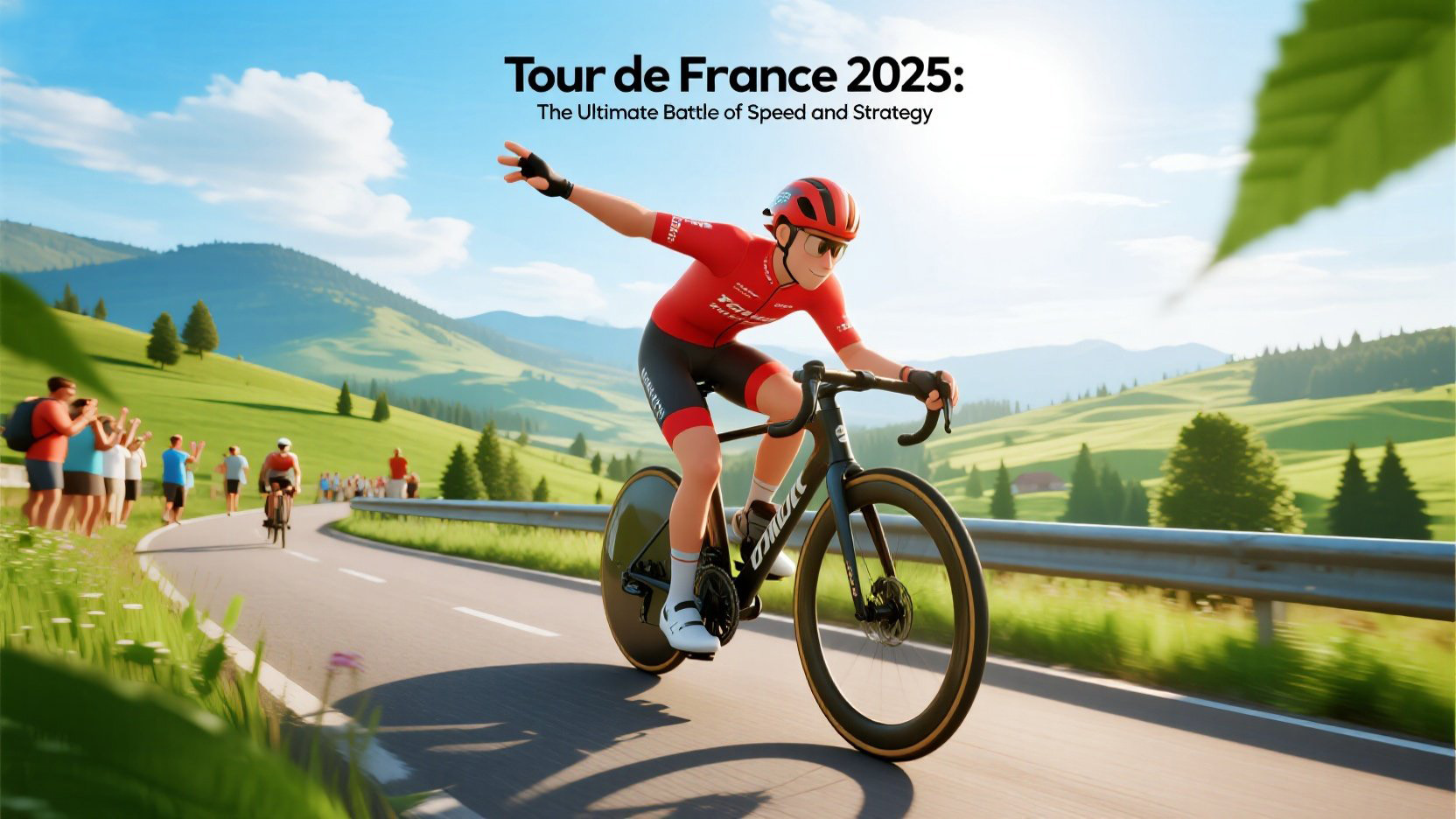


This really helped me see things from a different perspective.
Somebody essentially lend a hand to make significantly posts I might state That is the very first time I frequented your web page and up to now I surprised with the research you made to create this particular put up amazing Excellent job
Hello my loved one I want to say that this post is amazing great written and include almost all significant infos I would like to look extra posts like this
Excellent blog here Also your website loads up very fast
Usually I do not read article on blogs however I would like to say that this writeup very compelled me to take a look at and do it Your writing style has been amazed me Thank you very nice article